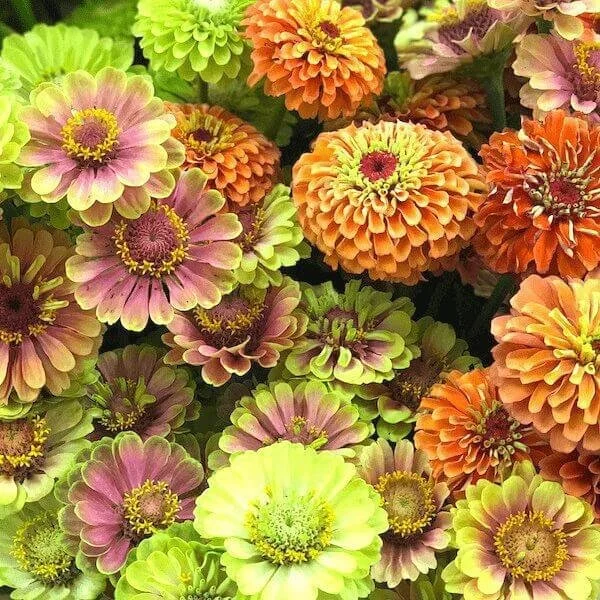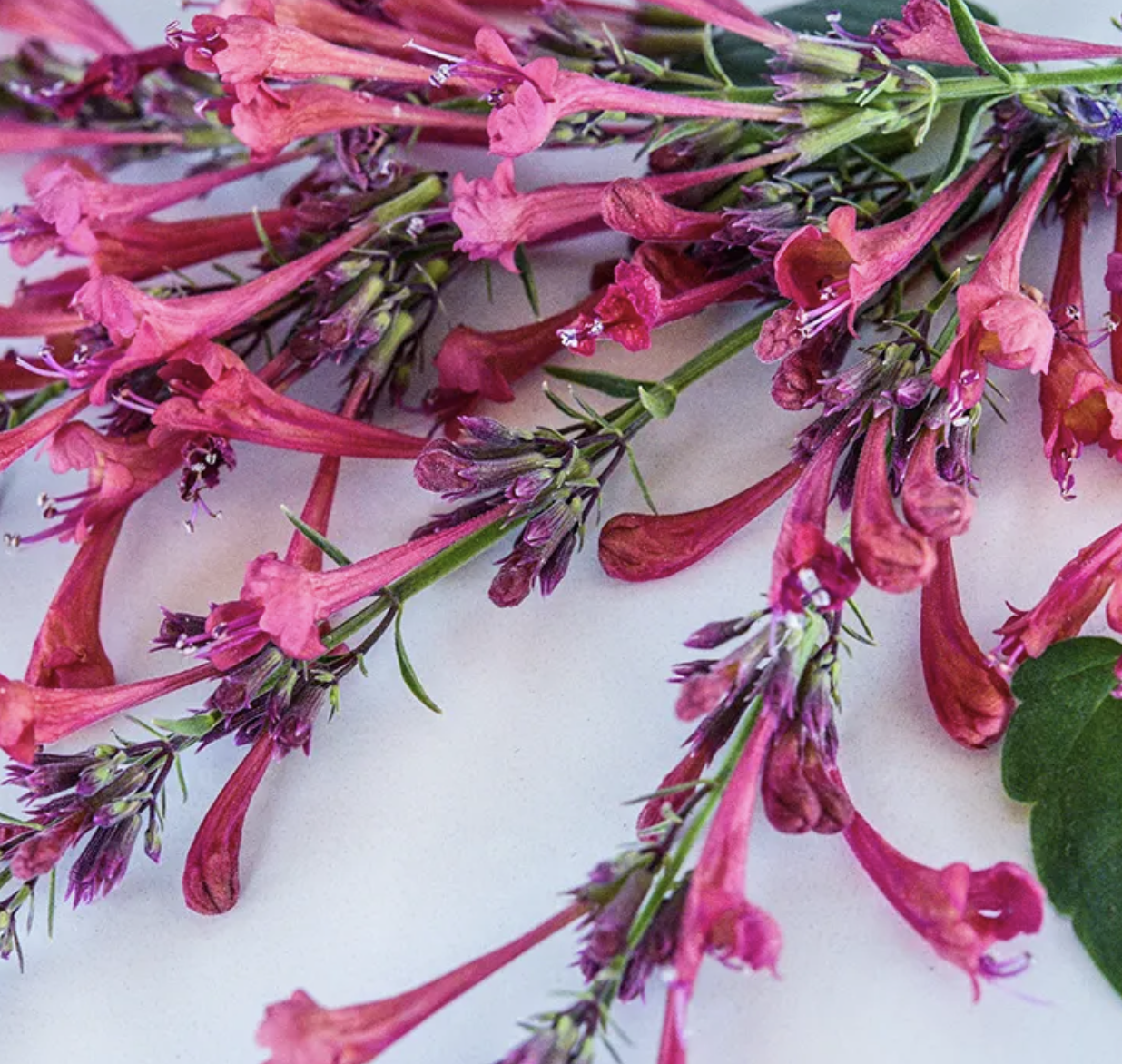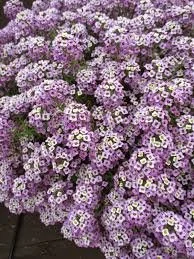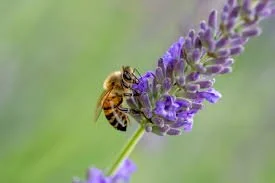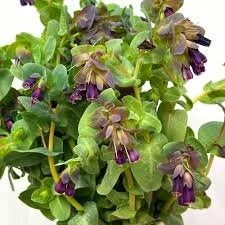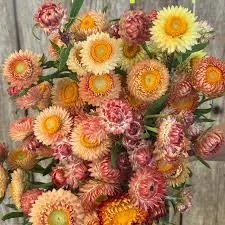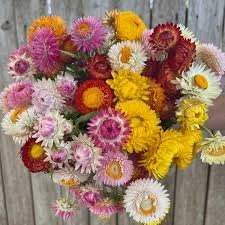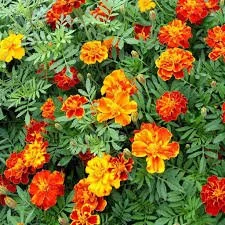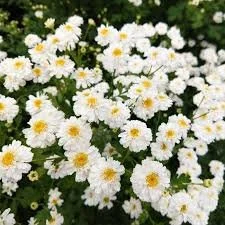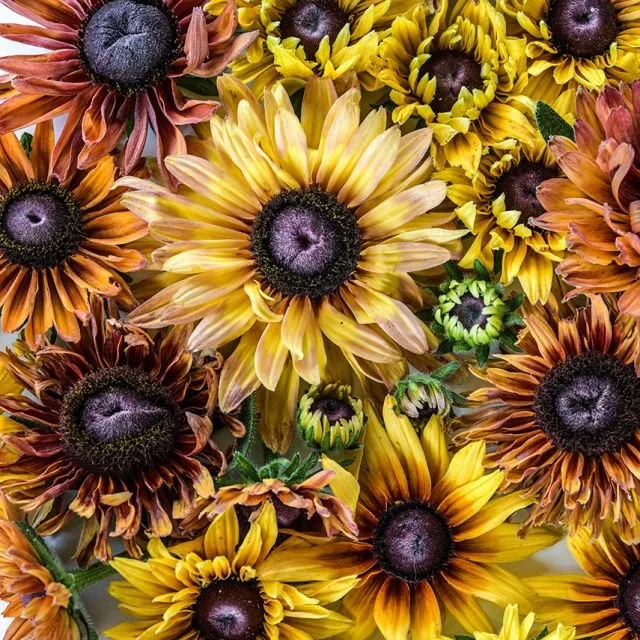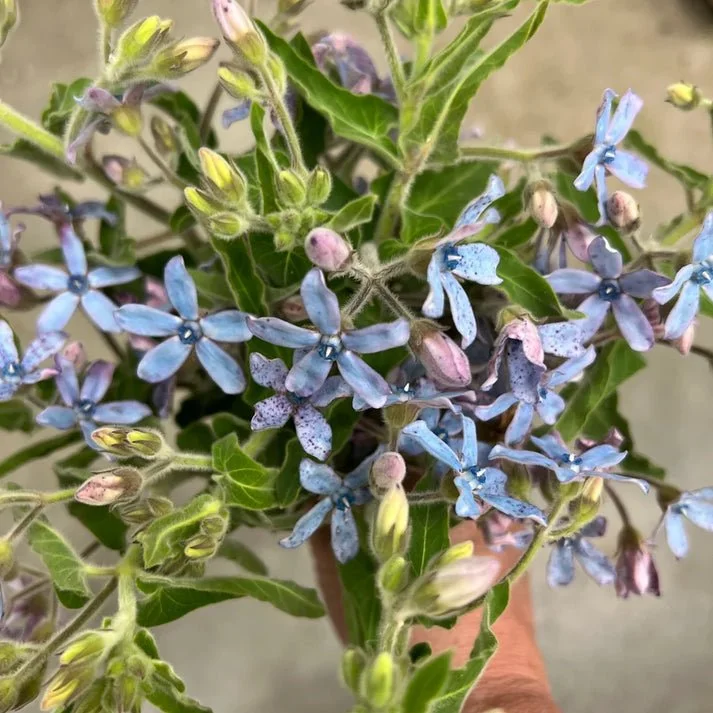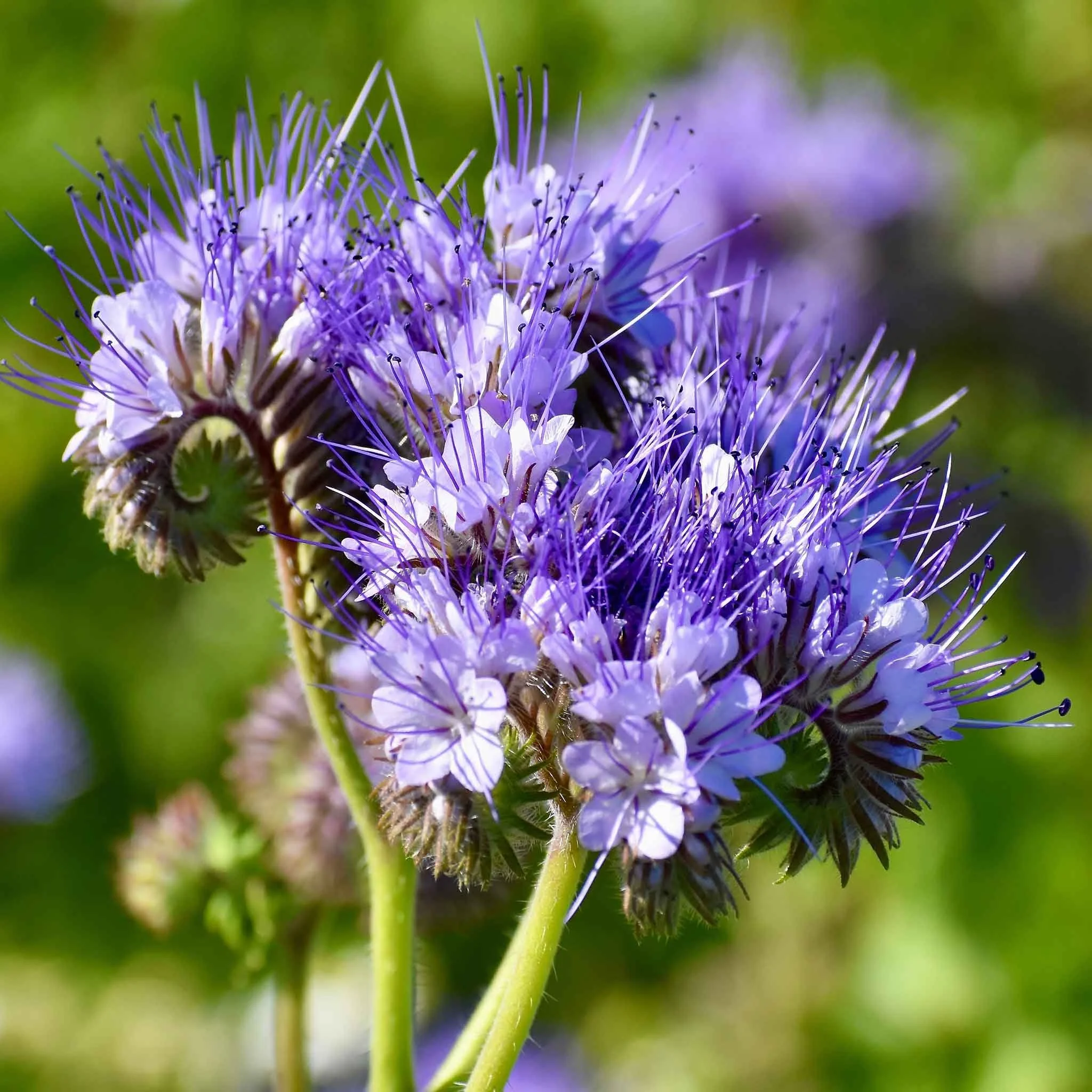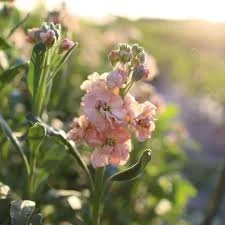Flower Varieties
Full Sun
Annual
Gorgeous color
Queen Lime Zinnia
Full/ Partial Sun
Perennial
Native to NC
Pollinator favorite
Bird favorite
Deer resistant
Purple Coneflower
Nasturtium
Full/Part Sun
Annual, often self sows
Attractive to hummingbirds and pollinators
Edible leaves and flowers
Agastache Hummingbird Mint
Full Sun
Perennial
Native to North America
Attractive to hummingbirds and pollinators
Resistant to deer and rabbits
Full Sun / Part Shade
Low growing
Pollinator favorite
Excellent garden additon
Alyssum
Full
Perennial
Pollinator favorite
Herb
Aromatic
Lavender
Full
Annual
Culinary and Medicinal herb
Pollinator favorite
Borage
Full Sun
Annual
Purple bell shaped flowers
Kiwi Blue Honeywort
Full/ Partial Sun
Perennial
Native to NC
Pollinator and Bird favorite
Blue Sage Salvia
Full Sun
Annual
Cut flower
Peach Strawflower
Full Sun
Annual
Cut flower
King Strawflower
Marigold
Full
Annual
Excellent addition to a garden
Pollinator attractor
Feverfew Tetra
Full Sun
Perennial
Native to US
Pollinator favorite
Black Eyed Susan
Full
Annual
Native to US
Pollinator favorite
Carmel Rudbeckia
Full
Annual
Species of Black Eyed Susan
Pollinator favorite
Coleus Sunset
Part Shade
Annual
Perennial
Tweedia
Full
Annual
Pollinator favorite
Vining
Yarrow
Full
Perennial
Native to NC
Beneficial insect home plant
Lacy Phacelia
Full/Part Shade
Annual
“Bee’s friend”
Pollinator favorite
Native to US
Stock Apricot
Full
Annual
Cut flower
Glossary of Terms:
Annual plants are those that only grow for one long season and die with the onset of frost
Cut flower are long stem flowers cut from the plant and used decoratively in bouquets
Native plants are those that are indigenous to your area and have evolved to thrive with the ecosystem, insect and animal population and therefore are able to contribute in a meaningful way to that ecosystem, for example to the bird, butterfly, hummingbird and bee populations
Perennial plants are those that live in the soil over winters and return and regrow the following years
Pollinator attractor plants provide easily accessible pollen for bees, butterflies, hummingbirds and other pollinators and are therefore, more attractive and sought after by pollinators as a dependable food source that they will continue to come back to

